In short, obsidian is cooled lava. But what makes obsidian different from other extrusive igneous rocks? It cools quickly, but avoids the rapid changes in pressure that makes pumice. Unlike tachylite, palagonite, or sideromelane, obsidian has a high silica content. Indeed, the brown color whence mahogany obsidian derives its name is due to the iron mixed in with all of the silicate that was in the lava when it cooled. It also cools away from water, which can do interesting things to lava before it solidifies.
Obsidian is not a true mineral, as it lacks any kind of crystalline structure. It is technically an "amorphous solid," or more colloquially, a glass. Given enough time, obsidian will break down into its component mineral crystals; hence, you can't find any obsidian that dates beyond the Cretaceous Age. It is exceptionally sharp and brittle, however. Obsidian, when available, was a popular rock to use for spearheads, arrowheads, blades, and anything else that needed to be sharp. Even today, many surgical knives have obsidian blades! Unlike many other rocks, it also has a natural, glossy sheen, and requires very little polishing or lapidary work.
The name "obsidian" refers to an ancient Ethiopian by the name of Obsius, who was the first to discover it (according to Pliny the Elder).
In my collection right now are some adorable and unusually cut cubes, about 5mm square. I'm saving them for the perfect idea:
Here's some other great Etsy items featuring this post's stone!In my collection right now are some adorable and unusually cut cubes, about 5mm square. I'm saving them for the perfect idea:
 |
| Aren't they adorable? |
'Mahogany Obsidian' by Kokoba
A celebration of the natural beauty that is mahogany obsidian! 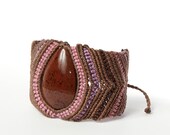 |  | 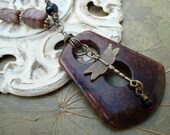 |  |
 | 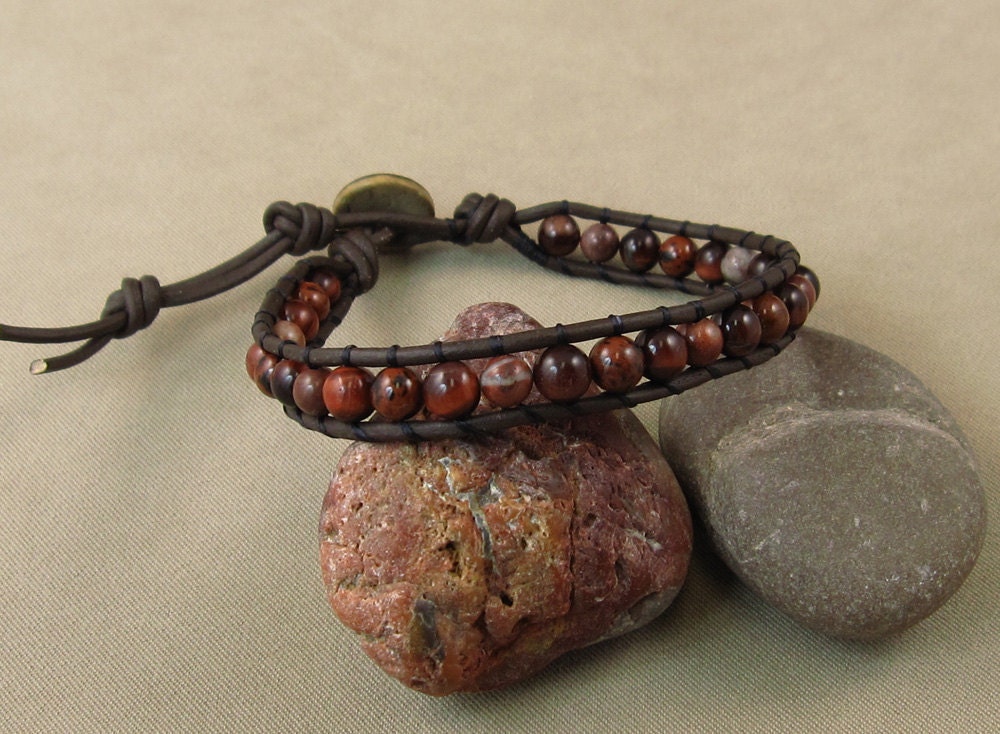 | 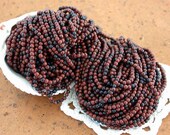 | 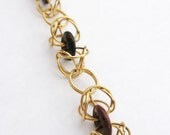 |
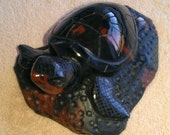 | 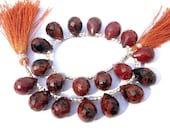 | 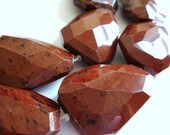 |  |
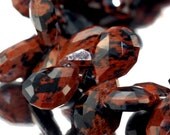 | 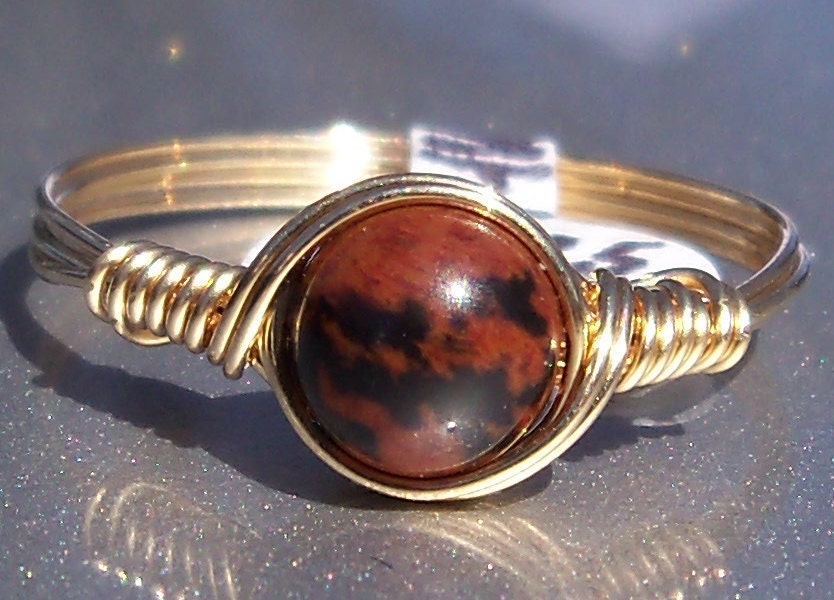 | 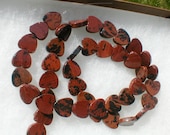 | 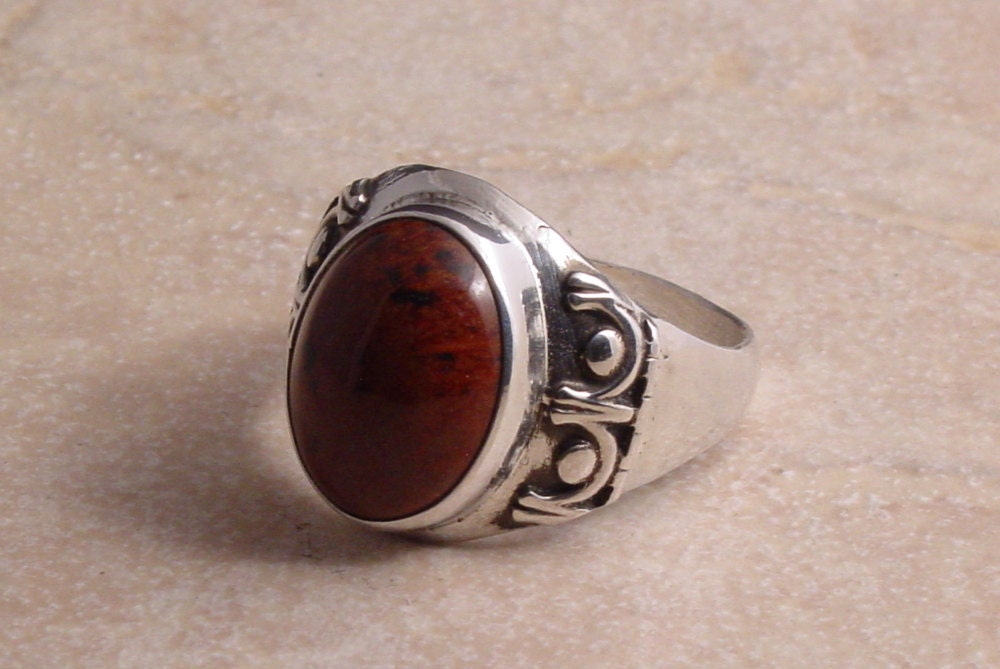 |
Treasury tool supported by the dog house

No comments:
Post a Comment